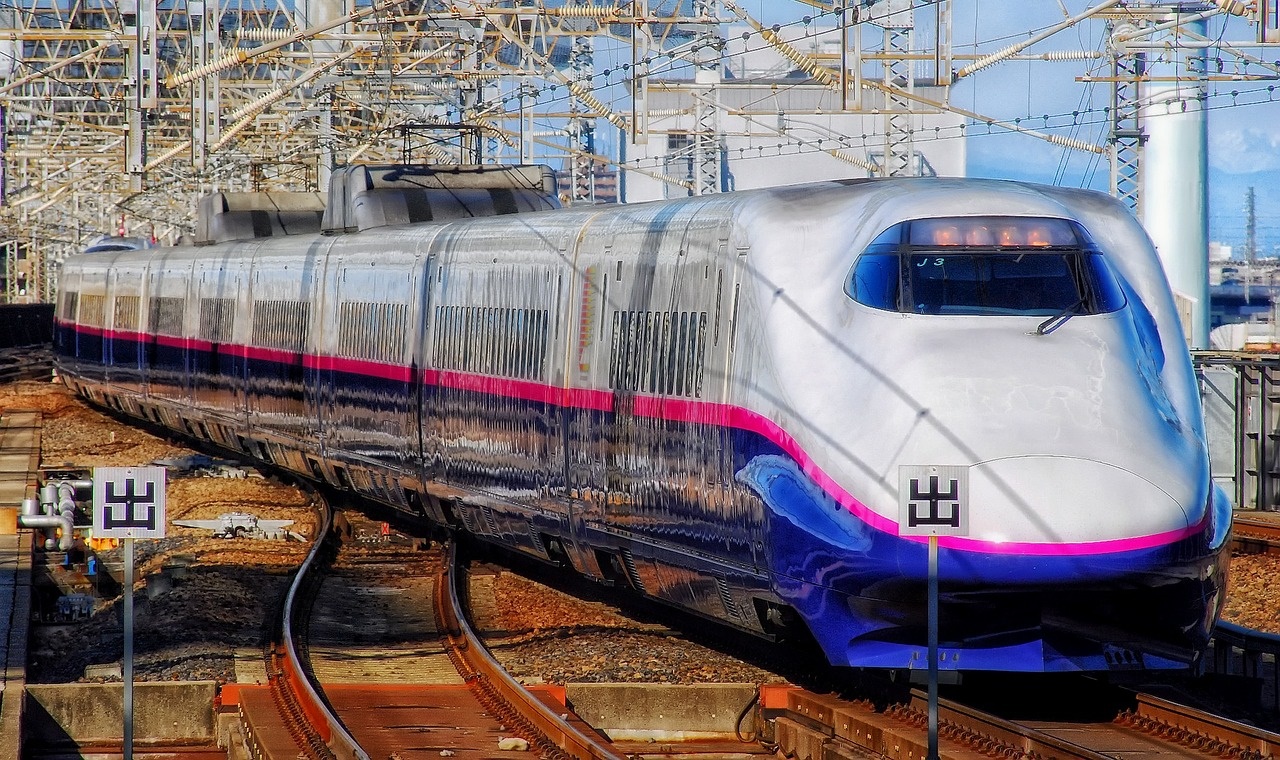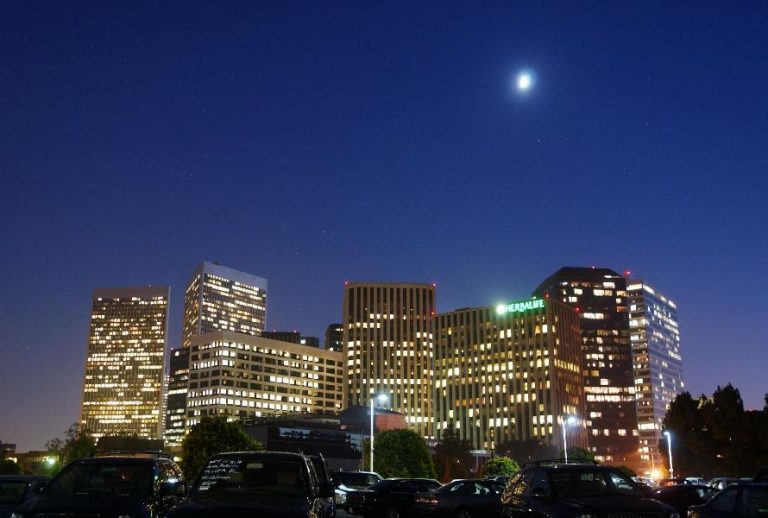
With a surging world population, America’s (and the world’s) cities are struggling to keep up with infrastructure improvements, particularly to mass transit systems. In the United States alone, it’s estimated that we’re $88 billion behind in repairs to existing public transit infrastructure. A recent deadly accident on a New Jersey Transit train has experts once again bringing our nation’s infrastructure and mass transit crisis to the forefront.
The Benefits of Mass Transit
It may seem unattractive to spend taxpayer money on something as boring as infrastructure, but studies show that these types of investments are precisely what are needed for economic prosperity. Siemens conducted a study on the mass transit systems of 35 major world cities. What they found was that an efficient public transportation network can boost economic growth by as much as $800 billion.
The same study found that the leading cities, citing Singapore as an example, had created high-functioning mass transit systems that were able to move people quickly and easily to their destinations, with one important distinction. The cities that were rated highest also invested heavily in the maintenance and future of their transportation systems. These systems make the cities attractive locations for both new residents and large businesses.
https://twitter.com/LafargeHolcim/status/611338841182613504
The Cost of Neglecting Mass Transit Projects
Ignoring aging infrastructure in growing cities can be a costly problem. Potential disasters and loss of life aside, when mass transit transportation in a city isn’t reliable, cities and their residents suffer. Businesses leave town, residents look elsewhere for more convenient places to live, and communities are forced to seek public funds for expensive upgrades. Two illustrative cases are the New York City system and the San Francisco Bay Area’s BART.
In just New York City, the Metropolitan Transportation Authority (MTA) estimates that it’s going to need $32 billion in the next three years to replace, upgrade, and maintain its equipment. In San Francisco, the Bay Area Rapid Transit (BART) system is currently running on the oldest railcars in the U.S. This 44-year-old system needs close to $10 billion in improvements and voters are being asked to approve a $3.5 billion bond in this November’s election to act as a down payment on the work.
Mass Transit Success Stories
When looking for mass transit success stories in the United States, there aren’t many that have stood the test of time. Denver’s system is the rare exception. First created in 1969, the Regional Transportation District (RTD) began with a fleet of buses and expanded to some rail lines in the 1990’s.
In 2004, voters approved a tax to build FasTracks, an expansion of the city’s mass transit train network. The project is a public-private partnership for construction and maintenance, and the agency has been slowly expanding its rail network, with two more lines scheduled to open in 2016. Despite low ridership compared to some other rail systems in the country, Denver’s mass transit is considered a success so far due to its profitability and provisions for future expansion.
https://twitter.com/LafargeHolcim/status/611338841182613504
Another mass transit system to watch is Seattle’s new “Sound Transit,” which will be a 108-mile system serving over half a million people in the Puget Sound area each day. The regional transit agency has taken great pains with the design and financing of this system so that the maintenance of existing infrastructure is given as much priority as rail line expansion.
Our nation’s infrastructure is the foundation of our communities and mass transit is essential to the economic prosperity of our largest cities. Establishing a mass transit system is an excellent first step, but these systems must be sustainable for both safety and prosperity’s sake.





Leave a Comment